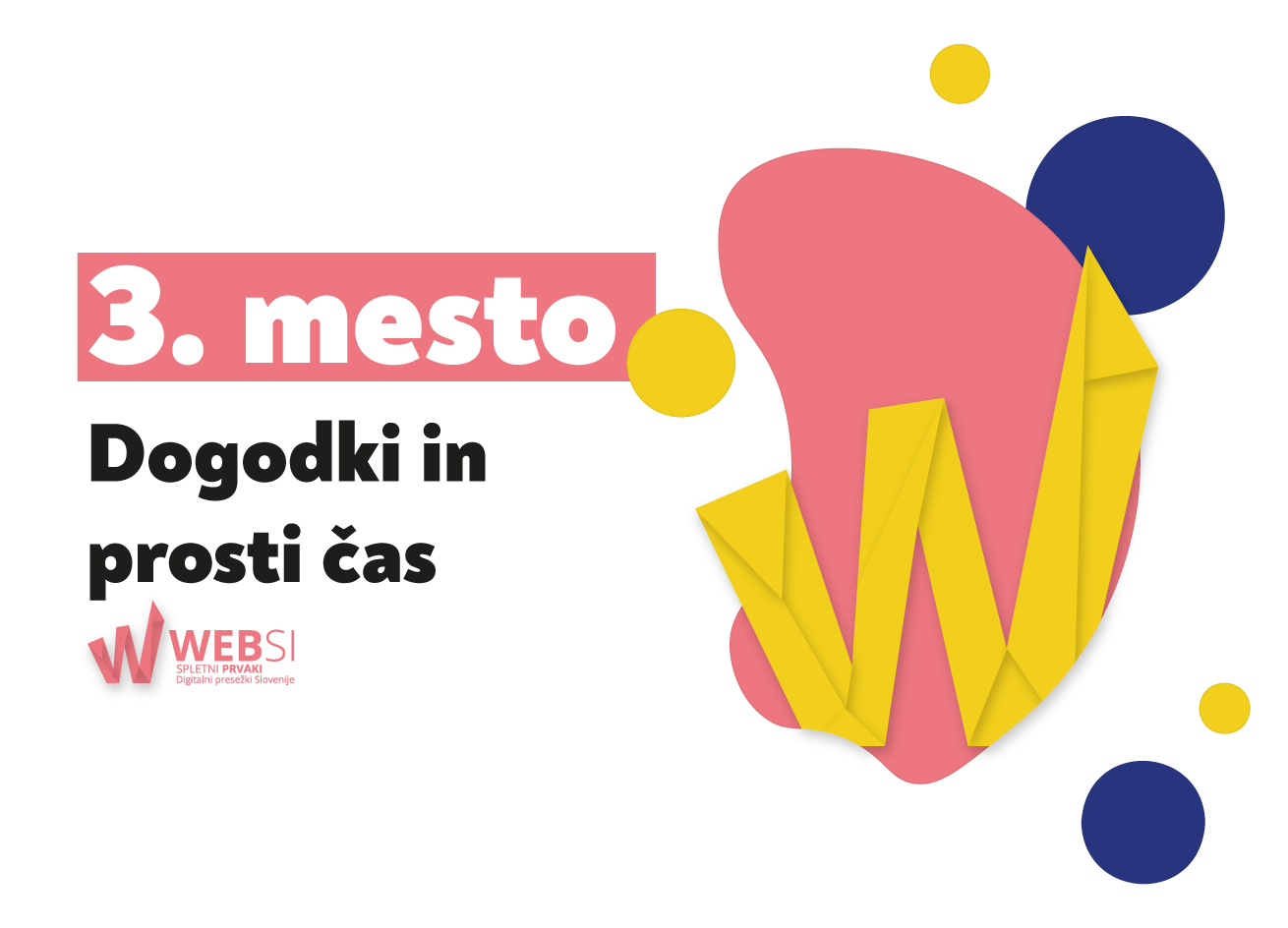Running trails in Ljubljana
From Kongresni trg we run along the left bank of Ljubljanica river, past the Šuštarski Bridge. It used to be wooden with huts intended for shoemakers, and architect Jože Plečnik designed it as concrete bridge, as a town square on water. We continue towards the Šentjakobski Bridge. After a severe earthquake in 1895, it was rebuilt with steel reinforced concrete due to earthquake safety and the conditions of boat navigability along the Ljubljanica. We run through a chestnut avenue and arrive at the Hradeckega Bridge. This is the second oldest preserved bridge in Ljubljana from 1867 and has already twice changed its locations. It first stood on the site of the Čevljarski (Shoemaker’s) Bridge, and then as the Dead men Bridge next to the Ljubljana Hospital. Running through Trnovski pristan, where the Podpeč stone was once brought in by boats, for the construction of the city, and Plečnik constructed a stone stairs promenade with willow trees, we reach the Prulski Bridge and cross it.
From here we turn back and run along the right bank of the Ljubljanica river. Near our starting point, the “Fish Footbridge”, the link between Kongresni Square and Old City Ljubljana, awaits us. It used to be wooden, made from the leftovers of the wood needed to rebuild the Three Bridges, but now it’s a minimalist one with glass railings. Due to the possibility of ice in winter, the floors are heated. A special feature on the left bank of the footbridge is the Makalonca bar, yet another work bt the architect Jože Plečnik, in which you descend the snail stairs over the Ljubljanica river and drink coffee on the raft. Not far ahead once stood the Špitalski Bridge, which, due to needs of enlargement, got two more adjacent bridges meant for pedestrians. And so the Tromostovje (Three Bridges) was formed.
We run through Ljubljana's main food market, where the Mesarski Bridge connects to it half way through. It is located in the center of the former butcher's sheds, and the Prometheus statue and the miniatures on the fences, made by sculptor Jakov Brdar, playfully hint at what was once happening in those sheds. Opposite the sculptures on this bridge are the locks of lovers who symbolically locked their love and threw the keys into the Ljubljanica river. At the end of the market, the dragons, symbols of Ljubljana, abound on the Dragon Bridge. It was one of the first reinforced concrete bridges build in Europe. When it was opened in 1901, the bridge was dedicated to the fortieth anniversary of the reign of Emperor Franz Joseph I, so the years 1848-1888 are written on the pillars. Today it is considered one of the most beautiful examples of Art Nouveau bridge architecture in the world.
Next in line is the Žitni Bridge, intended for pedestrians. It wasl be named after the former Žitni Square, where grain was traded at. We turn in our running trail back over to the left bank of the river, going over the Šempeter Bridge. The original footbridge was built by soldiers near the church of Sv. Peter, to better the connection between the barracks and the city. It stood next to a footbridge maintained by the church bishops to have access to their landing. The bridge was enlarged when a sugar refinery, Cukrarna, started operating on the Poljanski Embankment. From here, our path goes back past all the bridges to Kongresni Square. You can shorten the route or extend it as you wish. From here there are 12 more bridges going along the river, and then the Ljubljanica flows into the Sava river.
- Length:
5 km
- Start and finish:
Kongresni trg Square









